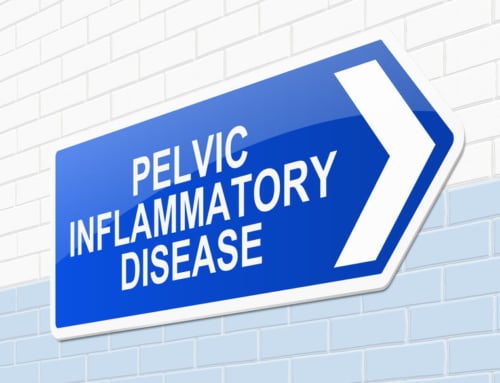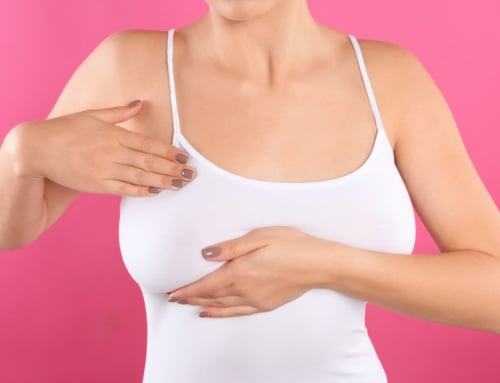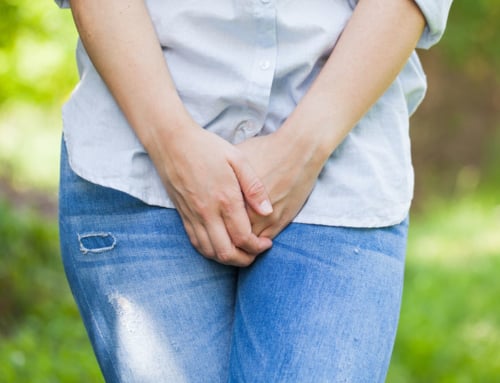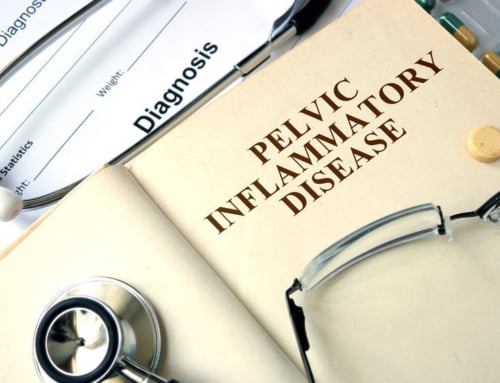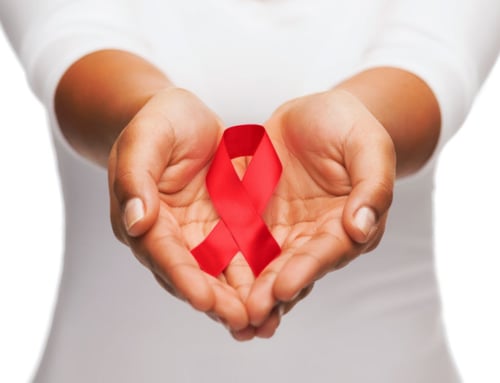Prevention Starts Now: Building Bone Health Early
Osteoporosis, which means porous bones, is a disease that leads to soft, brittle bones. Over time, this bone loss can lead to fragility and risk of fracture. Many times, people aren’t aware of the condition until a fracture occurs. Building strong bones early in life is essential for preventing osteoporosis later on. Here are 3 key strategies people can use to reduce the risk of getting osteoporosis.
Slowing bone loss
Even though genetics play a major role in whether or not someone will get osteoporosis, there are still ways people can reduce risk. By the time a woman reaches 30, bones begin to thin. This process cannot be stopped altogether, but there are ways to slow bone loss. Research shows that even a 10% increase in bone mass during childhood can reduce the risk of osteoporosis by up to 50%.
1. Do you need a sunshine supplement?
Sometimes called the sunshine vitamin, vitamin D is essential to bone health, as well as to immune function, cardiovascular health, and insulin regulation. The recommended daily intake for vitamin D for most adults is 400-600 IU. This can vary based on age and lifestyle. Vitamin D can be found in oily fish, eggs, liver, and fortified cereals. The nutrient can also be manufactured when the body is exposed to sunlight. Getting enough vitamin D through diet and sunlight alone can be challenging for some people. A healthcare provider can advise on whether or not a supplement may be beneficial.
2. The exercise that builds bones
Exercise is important for many aspects of health, osteoporosis prevention being just one. When considering bone health, the type of exercise matters. To build bone health, experts recommend that people perform weight-bearing exercise 3-5 times per week. This can include traditional weightlifting at a gym or at-home workouts that involve bodyweight exercises like squats and push-ups. Additionally, weight-bearing movements refer to any activity that causes the body to work against gravity. Being mobile can include walking, jogging, hiking, or even dancing. Exercises like biking and swimming, though still beneficial for cardiovascular health, are not optimal for building bone health.
3. A common deficiency
A person’s bones contain over 99% of the total calcium a person has. When a person’s body doesn’t have enough calcium, the body will start to borrow calcium from bones, leading to faster bone loss. Calcium and vitamin D go hand-in-hand, as vitamin D helps the body to absorb calcium better. The recommended daily intake for calcium varies by age, gender, and overall health and lifestyle. However, most people do not get enough of this nutrient through diet alone. Good sources of calcium include dairy, tofu, and fortified cereals. For many people, a supplement is recommended.
Reducing risk factors
Men and women should consult with a healthcare provider regarding specific personal risk factors for osteoporosis. In some cases, a doctor may recommend a bone density test called the dual-energy x-ray absorptiometry (DEXA) scan. This test may be beneficial for women who are at high risk of fracture or who are over the age of 65. A healthcare provider can provide recommendations on an individual basis.



